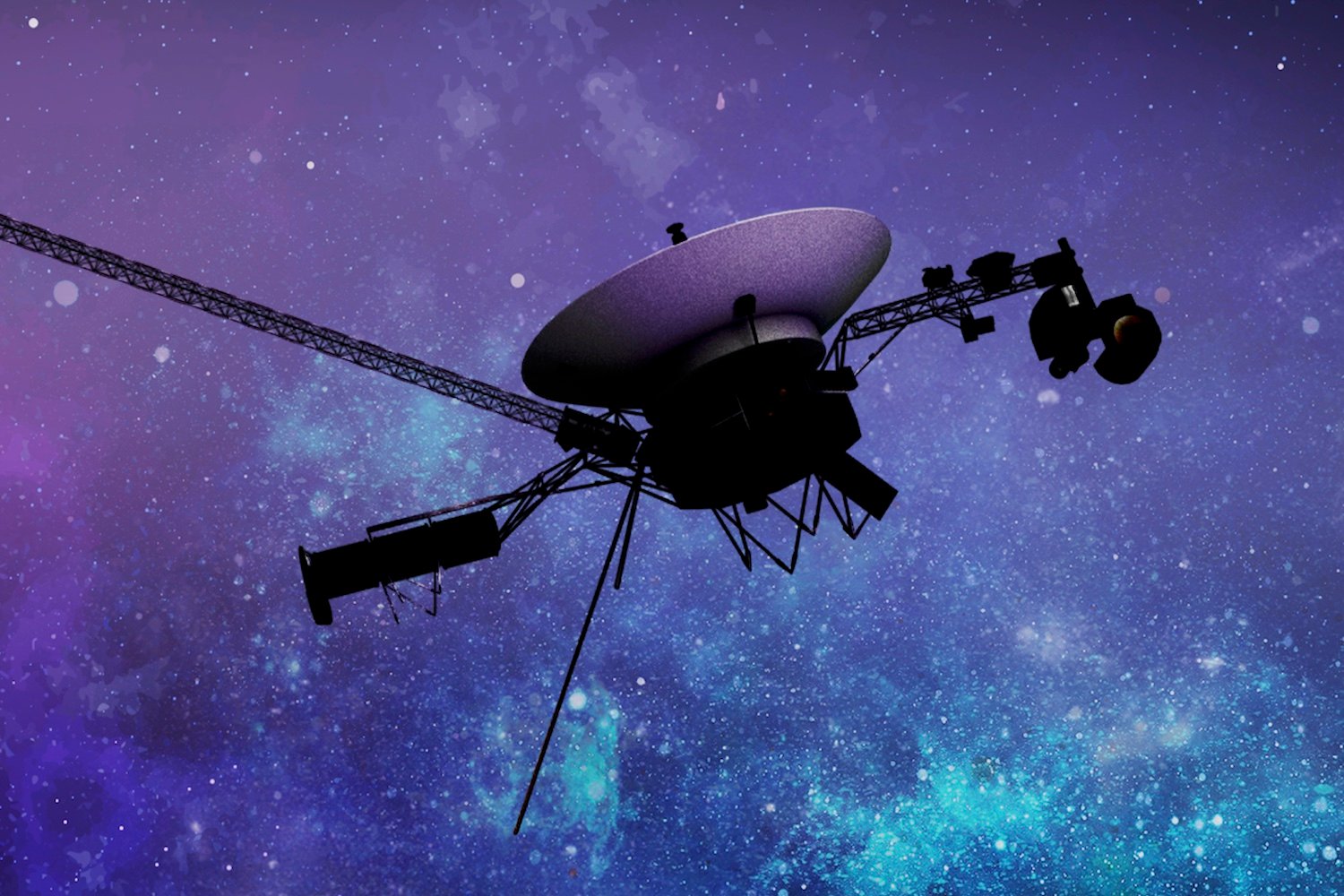
NASA Revives Voyager Thrusters ‘Considered Dead’ for 20 Years
How did your country report this? Share your view in the comments.
Diverging Reports Breakdown
Original Coverage: NASA Revives Voyager Thrusters ‘Considered Dead’ for 20 Years
Voyager 1’s primary roll thrusters stopped working in 2004 after losing power in two small internal heaters. Voyager 1 launched in 1977, less than a month after its twin probe, Voyager 2, began its journey to space. The Voyager probes have been exploring the unfamiliar region of interstellar space for nearly 48 years. The Voyagers are powered by plutonium, which is converted into electricity by decaying heat from plutonium-238 in the Voyagers’ plutonium-powered propulsion system. The pause in communication will last until February 2026, with brief periods of operation in August and December.“These thrusters were considered dead. And that was a legitimate conclusion,” Todd Barber, the mission’S propulsion lead at JPL, said in a statement. “It was yet another miracle save for our engineers. It was just another fix and our engineers just got to work.”. The mission engineers needed to get it done before May 4 when a 230-foot-wide (70-meter-wide) antenna in Canberra, Australia would begin undergoing upgrades.
Source: Gizmodo.com | Read full article
NASA successfully revives Voyager 1’s thrusters, which were thought to have broken down 20 years ago, from Earth, 25 billion km away
Voyager 1 was launched in 1977 as part ofaimed at exploring planets outside the solar system and beyond. It has since continued to fly into deep space at speeds of up to 56,000 km per hour, transmitting valuable scientific data about our solar system back to Earth. In 2004, two of Voyager 1’s internal heaters lost power and stopped functioning, which in turn disabled its primary roll thrusters. NASA engineers at the time determined that the broken heaters were unlikely to be repaired, and opted to switch to backup roll thruster instead. However, Voyager 1 has been operating for more than 20 years since its main roll thrater failed. Meanwhile, the backupRoll thruster has been experiencing problems with fuel residue accumulating in the tubes, and there is a risk that it will stop working as early as the fall of 2025. The Australian antenna that communicates with Voyager 1,, will be offline for upgrades from May 2025 to February 2026, with only brief periods online in August and December.
Source: Gigazine.net | Read full article
NASA Revives ‘Dead’ Thrusters Of Voyager 1 Probe After 20 Years; ‘Such A Glorious Moment’
Voyager 1 and its twin Voyager 2 have entered a planned communications pause as the antenna that commands them is undergoing upgrades. Scientists communicate with the interstellar probes via the Deep Space Network which will be under maintenance for most of the time until February 2026. The revived thrusters were considered inoperable since 2004 but the mission controllers at NASA’s Jet Propulsion Laboratory (JPL) needed assurance that the spacecraft will keep going when communications are temporarily halted. The fuel tubes of Voyager 1’s ‘roll’ thrusters, NASA says, are experiencing a buildup of residue that could cause them to stop working as early as this fall. The primary roll motion thrusters stopped working after losing power in two small internal heaters.
Source: In.mashable.com | Read full article
Global Perspectives Summary
Our analysis reveals how this story is being framed differently across global media outlets.
Cultural contexts, editorial biases, and regional relevance all contribute to these variations.
This diversity in coverage underscores the importance of consuming news from multiple sources.
Source: https://gizmodo.com/nasa-revives-voyager-thrusters-considered-dead-for-20-years-2000603287

